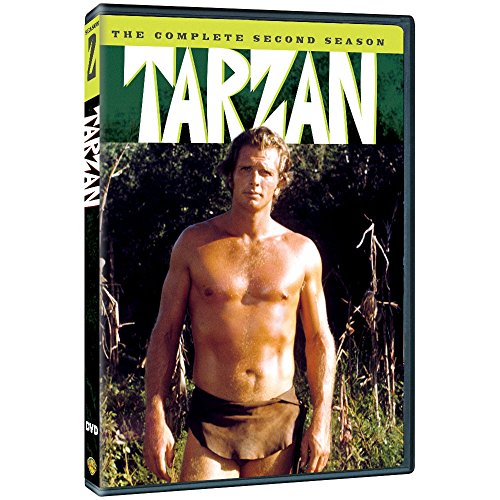![American Graffiti [1973]](/pictures/1015185.jpg) American Graffiti | DVD | (20/11/2000)
from £10.77
| Saving you £5.22 (48.47%)
| RRP
American Graffiti | DVD | (20/11/2000)
from £10.77
| Saving you £5.22 (48.47%)
| RRP Here's how American critic Roger Ebert described the unique and lasting value of George Lucas' 1973 box-office hit, American Graffiti: "[It's] not only a great movie but a brilliant work of historical fiction; no sociological treatise could duplicate the movie's success in remembering exactly how it was to be alive at that cultural instant." The time to which Ebert and the film refers is the summer of 1962, and American Graffiti captures the look, feel, and sound of that era by chronicling one memorable night in the lives of several young Californians on the cusp of adulthood. (In essence, Lucas was making a semi-autobiographical tribute to his own days as a hot-rod cruiser, and the film's phenomenal success paved the way for Star Wars.) The action is propelled by the music of DJ Wolfman Jack's rock & roll radio show--a soundtrack of pop hits that would become as popular as the film itself. As Lucas develops several character subplots, American Graffiti becomes a flawless time capsule of meticulously re-created memory, as authentic as a documentary and vividly realised through innovative use of cinematography and sound. The once-in-a-lifetime ensemble cast members inhabit their roles so fully that they don't seem like actors at all, comprising a who's who of performers--some of whom went on to stellar careers--including Ron Howard, Richard Dreyfuss, Harrison Ford, Cindy Williams, Mackenzie Phillips, Charles Martin Smith, Candy Clark, and Paul Le Mat. A true American classic. --Jeff Shannon, Amazon.com
![A Man Called Horse [1970]](/pictures/1001471.jpg) A Man Called Horse | DVD | (07/06/2004)
from £5.99
| Saving you £10.00 (166.94%)
| RRP
A Man Called Horse | DVD | (07/06/2004)
from £5.99
| Saving you £10.00 (166.94%)
| RRP American Indians were "cool" in 1970, the year A Man Called Horse made its vigorous, feverishly real, and occasionally shocking debut alongside Little Big Man and Soldier Blue. Unlike the latter two films, however, Horse is less an allegory for Vietnam-era America and more of a vision quest for historical identity. In one of his defining roles, Richard Harris plays an English aristocrat captured by Dakota Sioux in 1825. Over time, he adopts their way of life and eventually becomes tribal leader--but not before undergoing savage initiation rituals, the most famous of which involves being suspended by blades inserted beneath Harris's pectoral muscles. Horse looks clunky, quaint, and inadvertently demeaning in some respects today, but the film's Native-American milieu is at least defined on its own terms, making no concessions to familiar Western conventions. The real draw is Harris, whose performance has a soulful integrity. --Tom Keogh
 Tarzan: The Complete Second Season | DVD | (17/09/2013)
from £N/A
| Saving you £N/A (N/A%)
| RRP
Tarzan: The Complete Second Season | DVD | (17/09/2013)
from £N/A
| Saving you £N/A (N/A%)
| RRP ![American Graffiti [Blu-ray] [1973] [US Import] [2011]](/pictures/1160688.jpg) American Graffiti | Blu Ray | (31/05/2011)
from £N/A
| Saving you £N/A (N/A%)
| RRP
American Graffiti | Blu Ray | (31/05/2011)
from £N/A
| Saving you £N/A (N/A%)
| RRP 
Please wait. Loading...
This site uses cookies.
More details in our privacy policy